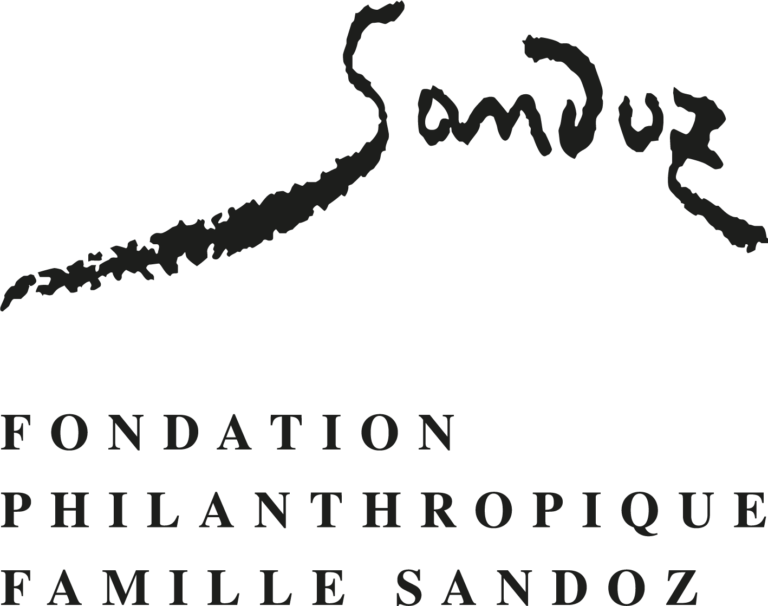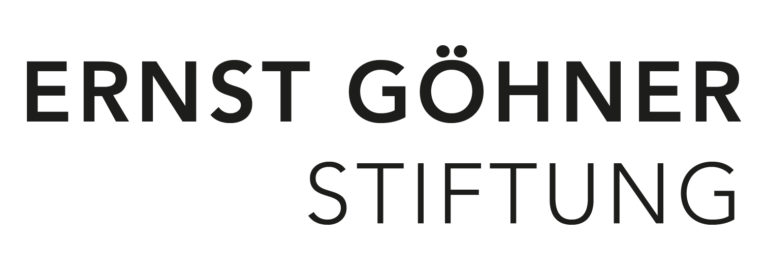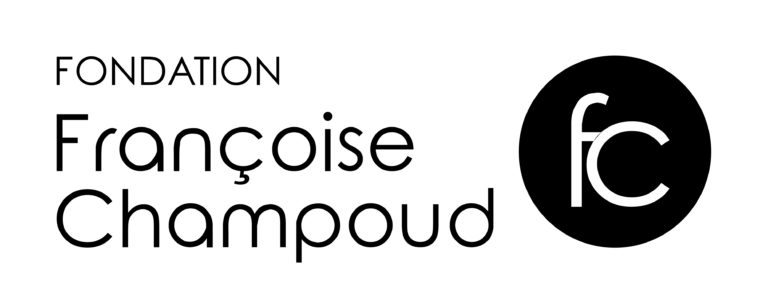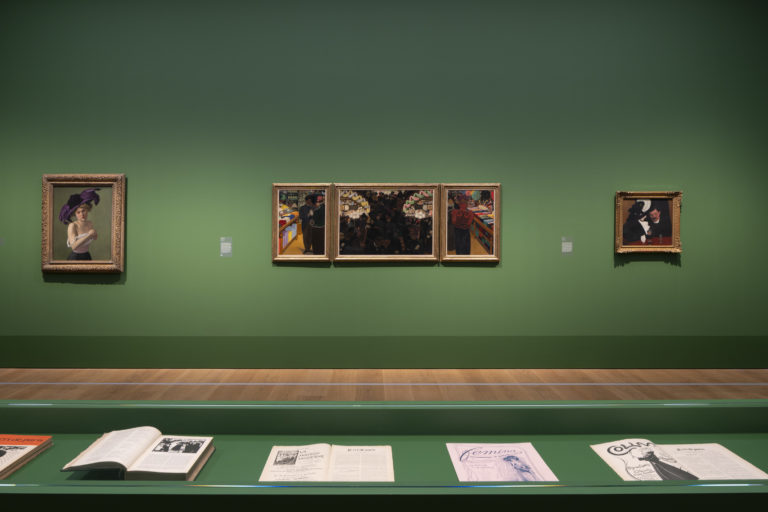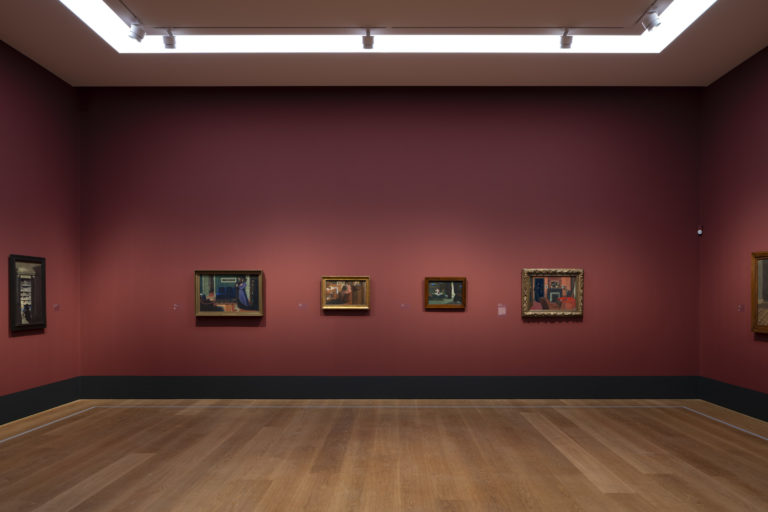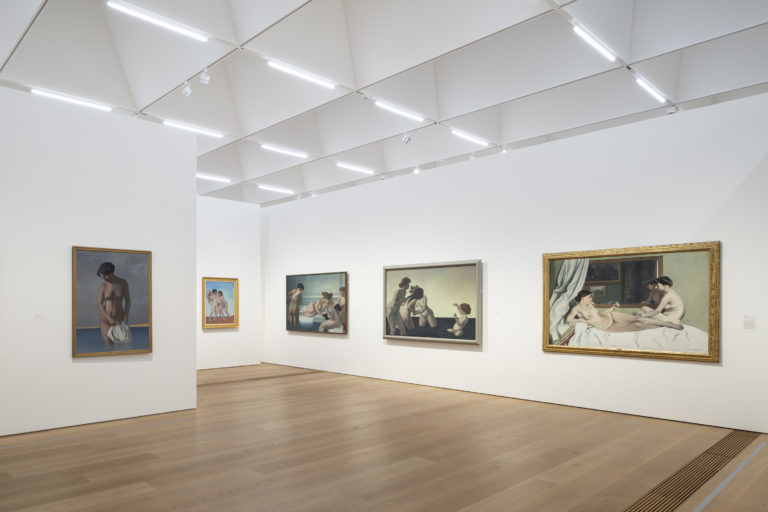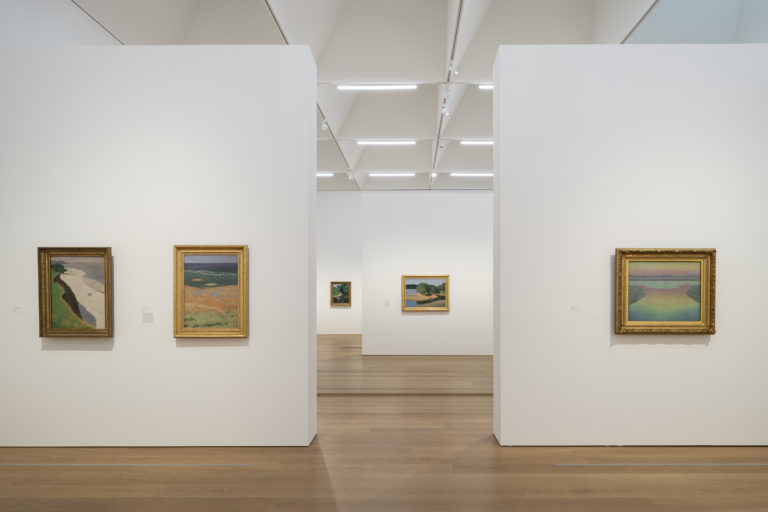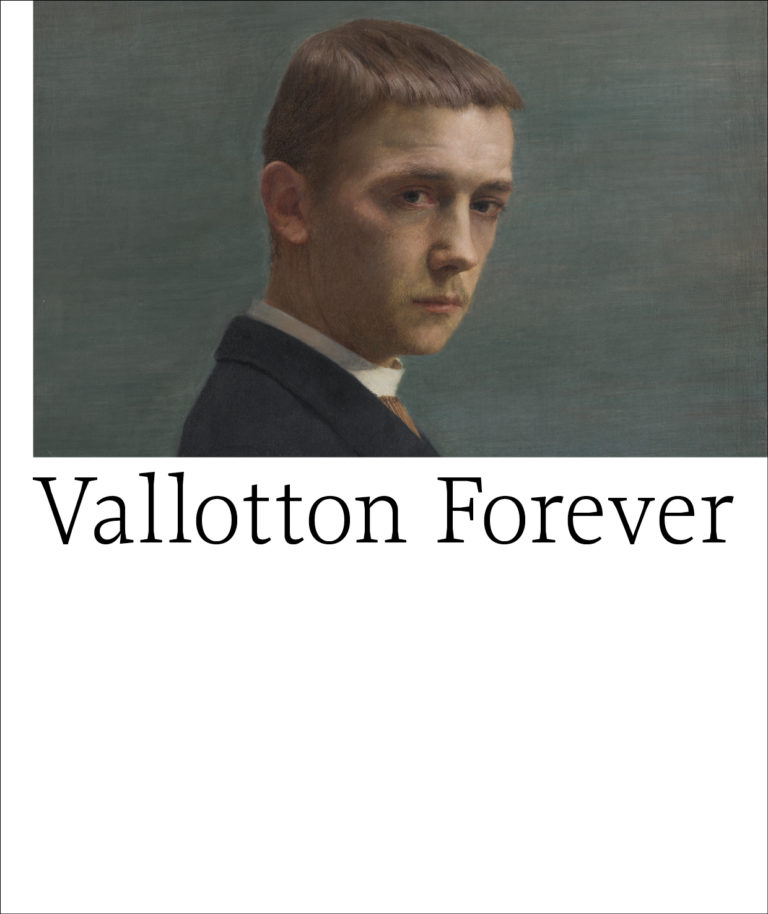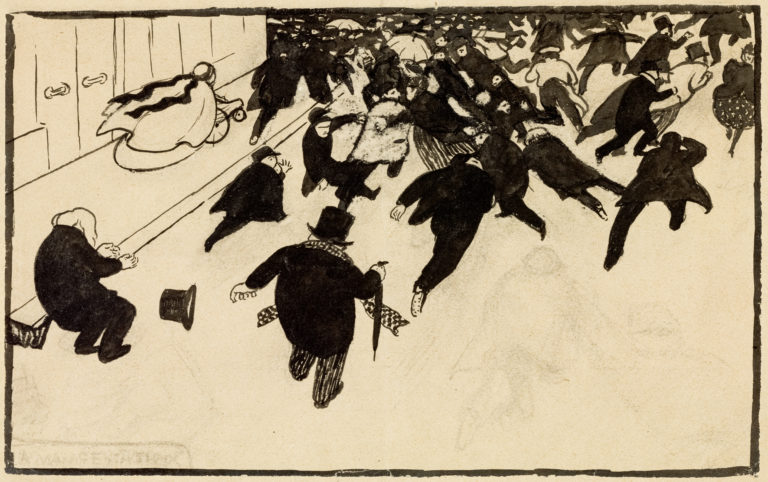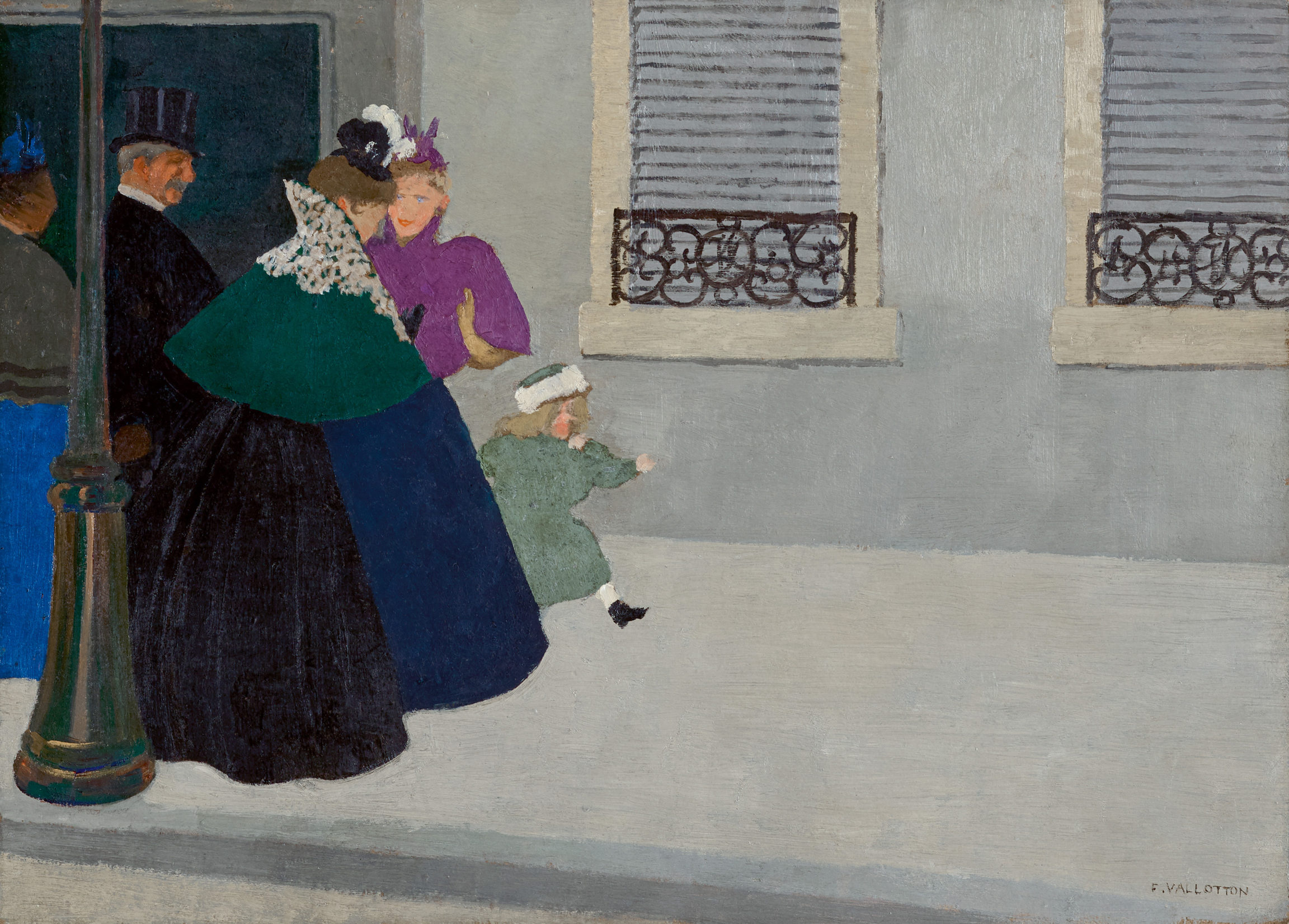
Vallotton Forever. The Retrospective
Lausanne, the birthplace of the artist Félix Vallotton (1865–1925), is hosting the largest retrospective of his work ever, a tribute marking the centennial of his death. Part of the Plateforme 10 arts district, the MCBA, home a very important collection of Vallotton’s output, and the Fondation Félix Vallotton, a centre for documentation and research, are taking a novel approach to an artist known for his lucid mind, critical spirit, and biting humour.
Spread over an exhibition space of some 1400 m2, the show offers a chronological and thematic display that for the first time brings together every facet of Vallotton’s body of work. The painter and printmaker are seen in dialogue with the illustrator and press caricaturist. Over 250 pieces are on display, including numerous masterworks from Swiss and European collections, inviting us to rediscover a major artist of modernism.
The exhibition first traces Vallotton’s efforts to make a name for himself in Paris, where he arrived at the age of sixteen: his early appearances at the official Salon; his breakthrough as a wood-engraver; his press drawings, which testify to his commitment to social struggles, along with his book illustrations; and finally, his famous interior scenes. In 1893, Vallotton joined the Nabis and fought on the side of the post-Impressionist avant-garde for a symbolist and decorative art. The second part focuses on the revolution that occurred when Vallotton, much to everyone’s surprise, turned to the realist movements of his time. With his reputation firmly established, he now devoted himself exclusively to painting. His subjects re-examined the traditional genres: nudes, portraits, landscapes, still lifes, and history painting. His dialogue with past painters, his carefully considered compositions, and his vibrant colours envisioned a future for figurative painting at a moment of crisis. From 1905 until his death twenty years later, Vallotton worked apart, completely independent of the modernist movements.
The retrospective mounted at the Musée cantonal des Beaux-Arts (MCBA) for the 1992-1993 season made clear the artist’s importance. Thirty-two years later, Vallotton has become essential viewing thanks to shows held in Paris, Amsterdam, Tokyo, London, and New York that drew tens of thousands of visitors. Today Lausanne offers a chance to a new generation to discover this fascinating artist, and to art lovers who know his work, to stand once again before his masterpieces and make a few discoveries. Vallotton is for everyone. Vallotton is forever.
Exhibition curators: Catherine Lepdor, chief curator MCBA, and Katia Poletti, curator of the Fondation Félix Vallotton, Lausanne, with the assistance of Camille de Alencastro, research associate, MCBA
Exhibition design: Cécile Degos
Signage: Carole Guinard
Consult the visitor guideFélix Vallotton, «En promenade», circa 1895. Oil on cardboard, 33.2 × 45.6 cm. Private collection. Photo: Peter Schälchli, Zurich
Félix Vallotton
Biography
1865-1925
- 1865. Félix Vallotton was born in Lausanne into a Protestant family. His father, Adrien Vallotton, owned a pharmacy and later a chocolate factory.
- 1882. At 16, went up to Paris and settled permanently there. Studied art at the Académie Julian under the academic painters Jules Lefebvre and Gustave Boulanger.
- 1885. Exhibited at the Salon des artistes français. Initial works in oil were portraits and display his clear preference for modernity and realism.
- 1891. Began working in wood engraving. An instant sensation thanks to the radicalness of his innovative style grounded in the abrupt juxtaposition of black and white areas on the print. His anarchist sympathies are seen in his critical view and depiction of social repression.
- 1893. Joined the Nabis, an avant-garde art movement with a symbolist bent. The group favoured line, the clear outlining of compositional elements and blocks of flat unmodelled colours for their evocative power. Befriended fellow painter Édouard Vuillard.
- 1894. Began working as a press caricaturist and draughtsman.
- 1895. Taken on as the official illustrator of La Revue blanche, to which he would contribute caricatures and drawings until 1902.
- 1896. Autoportrait à l’âge de vingt ans (1885) acquired by Lausanne’s Musée des Beaux-Arts, his first painting to enter a public collection.
- 1897. Small-format Nabi paintings focus on depicting both interi-ors and outdoor scenes peopled with female nudes.
- 1899. His talent was now widely recognised, a fortunate circumstance reinforced by the financial security of his marriage to Gabrielle Rodrigues-Henriques, daughter of the art dealer Alexandre Bernheim.
- 1900. Became a French citizen whilst retaining his Swiss nationality.
- 1903. La Revue blanche ceased publication and the Nabis went their separate ways. First solo show at the Bernheim-Jeune Gallery. First sale of a painting to the French government at the opening of the Salon d’automne, which Vallotton was a founding member of.
- 1904. Achieved his ambition of devoting himself solely to painting. His future pictures would affirm his desire to return to realism and the traditional genres, portraiture, the nude, landscapes, still lifes, and history painting. First large-format nudes.
- 1908. Made the acquaintance of the collectors Hedy and Arthur Hahnloser. Based in Winterthur, the couple promoted his work in Swiss Germany. Took up a post at the Académie Ranson, Paris, and would continue teaching there until 1918.
- 1909. First solo show in Switzerland, at Zurich’s Künstlerhaus. Began spending summers in Honfleur, where he developed his conception of the ‘composed landscape’, a form of painting he saw as ‘freed from all literal respect for nature’.
- 1910. First solo show at Eugène Druet’s gallery. Druet was now his official dealer in Paris.
- 1912. Refused the Legion of Honour along with his fellow artists Pierre Bonnard, Édouard Vuillard, and Ker-Xavier Roussel.
- 1913. Travel in Russia, to Saint Petersburg and Moscow. Took part in the Armory Show (New York, Chicago, Boston).
- 1914. The war brutally jeopardised his success and plunged him into depression. Tried to enlist but was rejected because of his age. First solo show at the Lausanne branch of the Bernheim-Jeune Gallery which his brother Paul had opened in 1913.
- 1917. Requested an artistic mission from the army and was sent to the Champagne and Argonne fronts. Back in his studio, painted numerous landscapes inspired by the devasted regions.
- 1920. First stay in Cagnes in search of a milder climate. Would spend every subsequent winter there until the end of his life.
- 1925. Entered a clinic for cancer surgery. Died three days later, the day after his 60th birthday.
Fondation
The Fondation Félix Vallotton is dedicated to documenting, researching, and educating the public about the life and work of the painter, engraver, illustrator and writer Félix Vallotton. Created in 1998, the centre found a permanent home in 2019 at Lausanne’s Musée cantonal des Beaux-Arts (MCBA). Thanks to public, private and institutional support, the centre has published several reference works, the catalogues raisonnés Félix Vallotton (1865-1925), L’œuvre peint (2005), and Félix Vallotton illustrateur(2025), as well as Félix Vallotton. Critique d’art (2012). Beyond its research activities, the Fondation Félix Vallotton has jointly curated several international exhibitions to date, including Félix Vallotton. Le feu sous la glace (Paris, Amsterdam, Tokyo, 2013-2014), Félix Vallotton. Painter of Disquiet (London, New York, 2019-2020), two retrospectives that proved a success with critics and the public alike.
Website: felixvallotton.ch
Views of the exhibition
Publication
Related show
2025 l Année Vallotton
Exhibitions, publications, and events commemorate the centenary of the artist's passing.
Cultural institutions celebrate the relevance of Félix Vallotton (1865–1925) one hundred years after his passing. Across Switzerland, exhibitions, publications, and events invite audiences to discover the exceptional painter, printmaker, illustrator, and writer.
The participating institutions, alongside the MCBA:
- Fondation Félix Vallotton, Lausanne
- Kunst Museum Winterthur, Reinhart am Stadtgarten et Villa Flora
- Musée Jenisch, Vevey
- Photo Elysée, Lausanne
- mudac, Lausanne
- Centre des littératures en Suisse romande, Université de Lausanne
- Museo Castello San Materno, Ascona
- Institut suisse pour l’étude de l’art (SIK-ISEA), Lausanne et Zurich
Partner
The exhibition is supported by the Banque Cantonale Vaudoise, the Loterie Romande, the Fondation Philanthropique Famille Sandoz, the Ernst Göhner Stiftung, and the Françoise Champoud Foundation.
The guided tours are offered with the support of Vaudoise Assurances.


